


Learn about strength and conditioning
Strength and conditioning is the practical application of the science behind coaching, training adaptation and recovery. It looks to enable athletes and participants:
While the roots and future of strength and conditioning are firmly set within the world of high-performance sport, there is now widespread recognition that the whole population can benefit from strength and conditioning. Whether that is in youth and schools, the military, grassroots sport, medical rehabilitation or the general population looking to improve their health, wellbeing and performance.
20 years ago in the UK, S&C was only available within elite sports organisations with athletes benefitting from the latest scientific advancements in training methods and injury prevention strategies with very positive results. Today, S&C knowledge and skills has filtered down to participants at every level of physical activity, to significant effect.
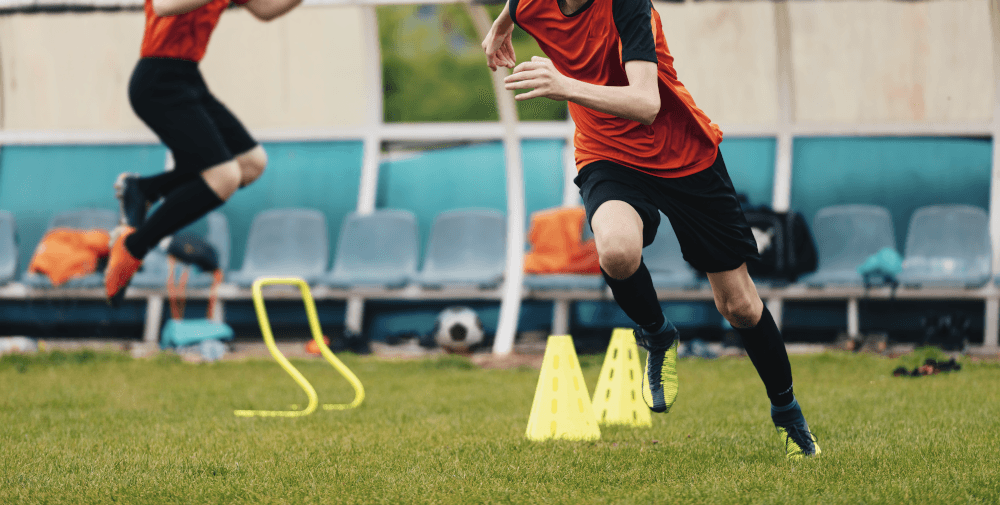
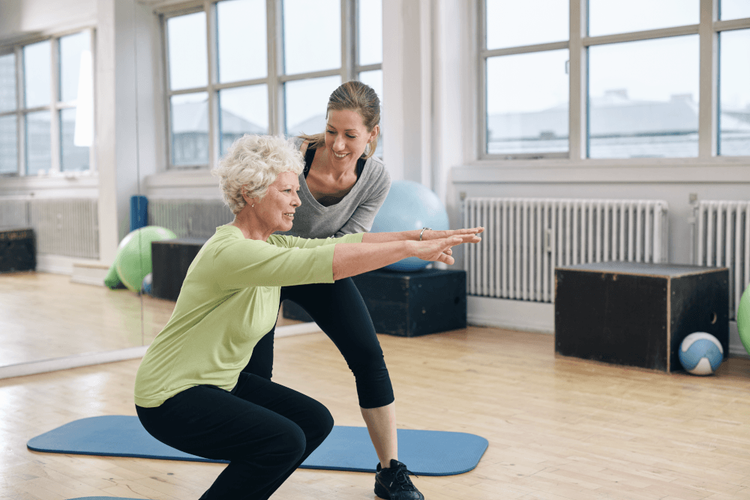
The ability to design, deliver and continuously evaluate training programmes using exercise techniques, appropriate cueing, progression and regression are all the key elements a coach needs to make an impact on a participant’s training.
Impact, adherence and attendance are key measures for S&C professionals. As such, coaching skills alongside relationship building play a vital part in the success of any S&C programme.
Coaching is required to ensure exercises are performed with good technique. Appropriate cueing and exercise regression is used to improve movement quality and only when technique is good enough will any exercise be intensified. Knowing how to regress and progress exercises promotes safe and effective movement quality.
Coaching also extends to building confidence and character, enabling individuals to grow and develop as they work to achieve their goals. S&C professionals create motivating training environments and positive relationships with their participants and may also collaborate with medics, sports-specific coaches, psychologists and family.
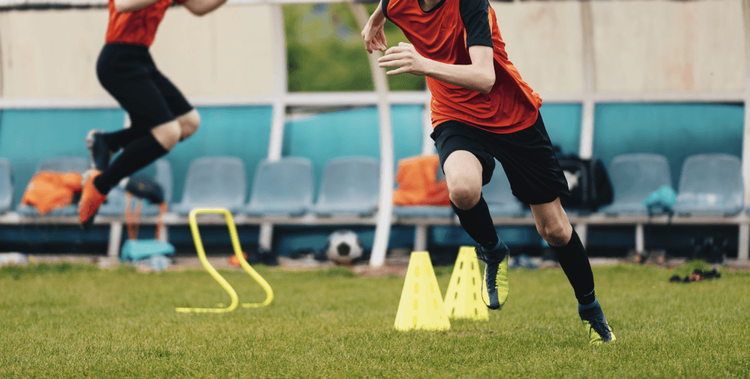
By applying the underpinning science behind training adaptations, participants can improve their ‘athleticism’ and excel.
S&C professionals design, deliver and continuously evaluate training programmes that address the specific needs of individuals. They understand and apply the underpinning science behind training adaptation and recovery and work with the participants to meet their specific, performance-oriented, goals.
In sport, S&C forms an integral part of any athlete's training regime and the aim of the S&C professional in promoting outstanding ‘athleticism’ is a key requirement requested by the athletes and their technical coaches, to help them excel in their sport and position.
Outside sport, following the lead from elite-level S&C, the focus on the aspects of training that promote ‘athleticism’ will enable more people to engage safely and effectively in exercise to develop and maintain their health and wellness.
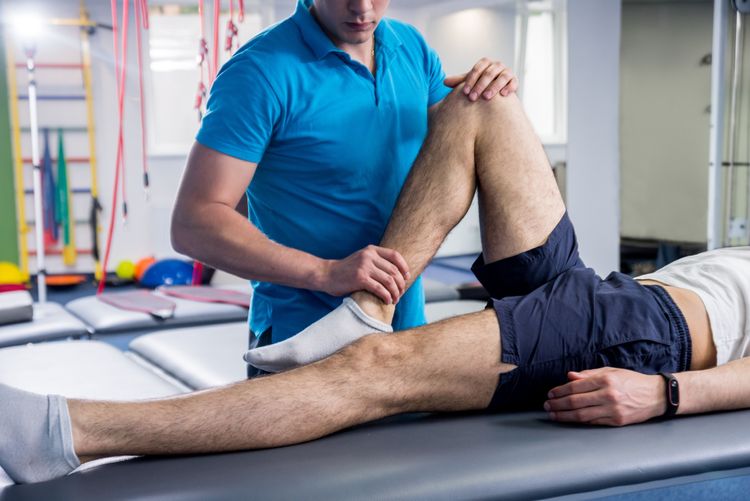
A stronger, fitter, faster participant is:
Injuries can be career-ending and have a devastating effect on physical and mental well being for anyone who trains.
The growth of S&C in professional sport in recent years is largely related to the recognition that the stronger, faster and fitter and athlete, the more exceptional movement quality is and the less likelihood of injury.
High training volumes and intensities are often necessary for beneficial physiological adaptation such as increased aerobic capacity, strength and repeat sprint ability, along with optimal body composition, all of which are associated with decreased injury risks.
For S&C professionals working outside sport, injury prevention is also a fundamental focus. While for elite athletes, an injury could be career-ending, injuries that stop anyone maintaining an active lifestyle can have a devastating effect on their long-term physical and mental health and wellness.
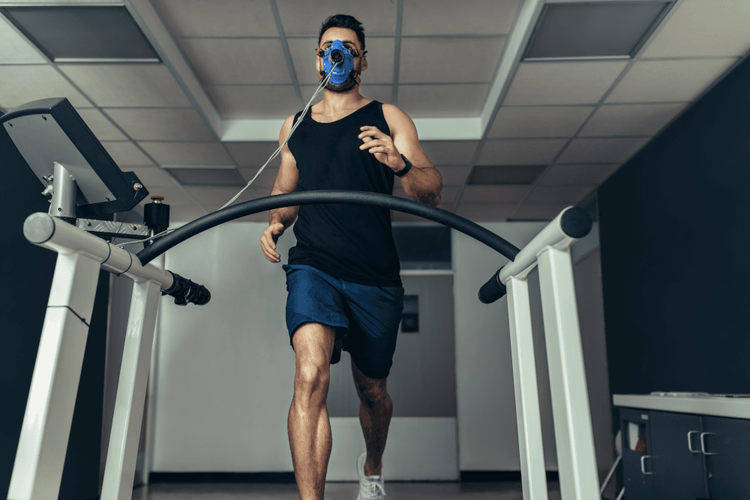
S&C is a fast-moving profession, and scientific research forms an important part of this, driven by the demands of elite and professional sport looking to gain that extra edge.
Fundamental/theoretical research is academic and often lab-based, whilst applied research combines this academic work with S&C practice. New technology and research is constantly looking for ways to improve training methods.
S&C research is broadly split into two main classes; fundamental or theoretical research which is often carried out exclusively in academia or the lab; and applied research, where academics work alongside practicing S&C professionals in-the-field, solving problems or making immediate improvements to S&C practice. The outcomes of fundamental research, form the basis for much applied research.
At any point in time, it is likely that there is a piece of research underway in every aspect of S&C advancing the profession. Whether that is in coaching science, athletes working with new technologies or researchers looking for ways to improve training methods.
As an agile profession committed to continuous improvement, the results of this research are quickly disseminated to enable participants at every level of practice to benefit.